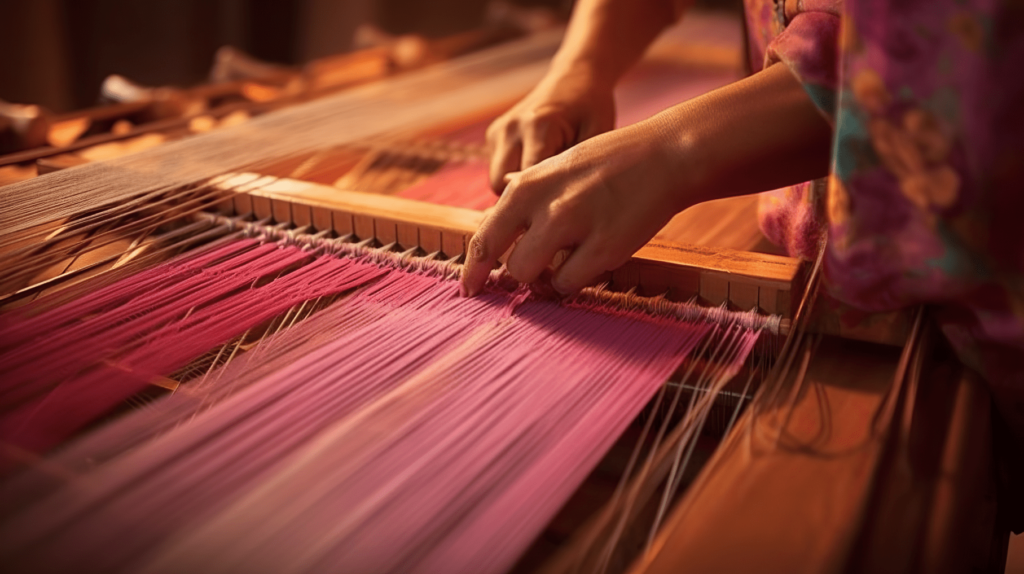
What is Pashmina Made Of?
Pashmina comes from the Changthangi goat, also known as Chyangra in Nepal. These goats thrive in the high-altitude Himalayan regions and grow a fine undercoat to endure the cold. The wool is harvested when the goats naturally shed this soft underlayer in spring. This fine hair is processed and transformed into pashmina, a prized material.
How is Pashmina Produced?
The production process includes several steps: collecting the undercoat, sorting and cleaning, dyeing, spinning, knitting, and inspecting. Each step is carried out with expertise to ensure that the finest quality pashmina reaches the customer. At Maya Pashmina, we follow these steps meticulously to provide luxury cashmere.
How to Tell if It is Real Pashmina?
To identify genuine pashmina, you can look for a Geographical Indication (GI) tag, perform a static test, consider the price, try the ring test, inspect the weave, and check for pilling. Authentic pashmina will show slight irregularities in the weave, pass the ring test, and not produce static electricity.
Is Pashmina Expensive?
Yes, authentic pashmina is expensive due to its rarity, the labor-intensive production process, and its luxurious quality. Products made with pure pashmina are considered luxury items, while those blended with other fabrics, such as silk, are comparatively less expensive.
Are Goats Killed for Pashmina?
No, goats are not killed for pashmina. The wool is collected by combing the goat’s undercoat when they shed it naturally in spring. This ethical harvesting process ensures no harm to the animals.
How to Wash Pashmina?
To wash pashmina, fill a basin with lukewarm water and add a small amount of cashmere soap or mild baby shampoo. Gently submerge and soak for 15-20 minutes, rinse with lukewarm water, and lay flat on a towel to air dry. Handwashing is recommended to preserve its quality.

Is Pashmina a Luxury Item?
Yes, pashmina is considered a luxury item. Made with the finest fibers and requiring skilled craftsmanship, the scarcity and exclusivity of pashmina make it one of the most highly sought-after materials in fashion.